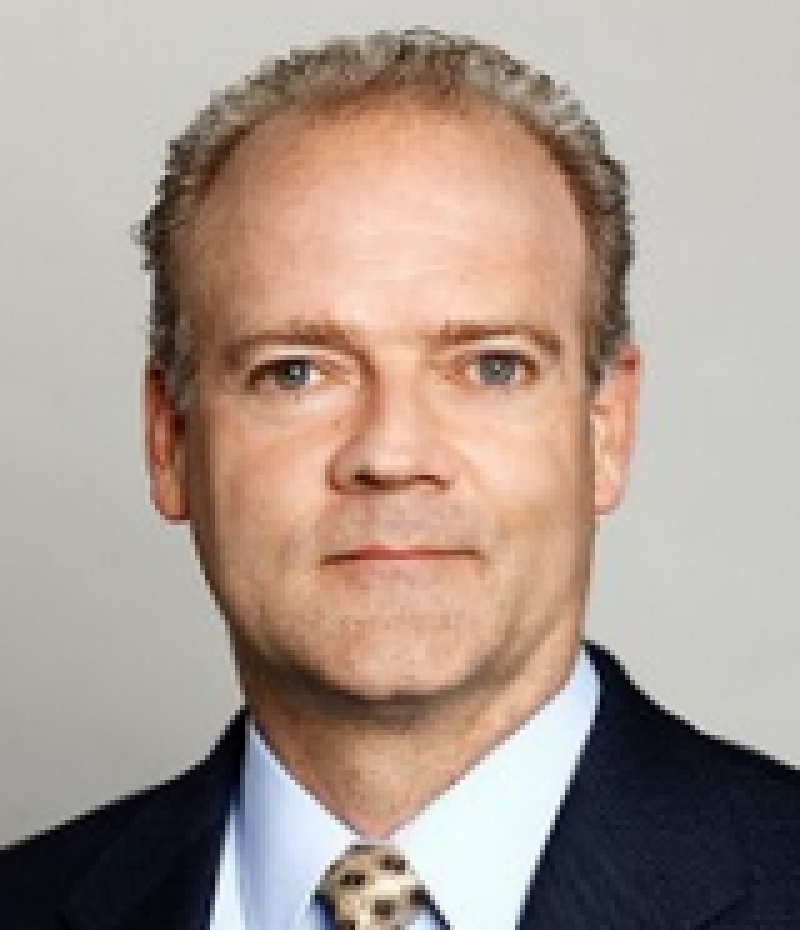Challenger FX platforms have become bullish over the last year or so, buoyed by increased market volatility and unexpected events, such as the Swiss franc’s extraordinary jump in January.
This increased confidence is reflected in the comments of Simon Wilson-Taylor, president and CEO of Molten Markets, a FX trading tech specialist recently acquired by Icap’s EBS.

|
We are on pace to grow volumes year-on-year by more than 45% Alan Schwarz, |
He claims that major shifts in regulations, credit, spreads, liquidity and price discovery have not been matched by service innovation or new product development by incumbent platforms.
In particular, the renewed debate over the merits of last look represents an opportunity for LMAX Exchange on the basis that it offers only firm liquidity, says the company’s CEO, David Mercer.
“As the only FCA-regulated MTF for spot FX operating a no-last-look open order book, we have a long-held view that last look is no longer required given advances in trading technology,” he says. “Offering only firm liquidity allows us to deliver consistent, precise execution for our clients at low latency – average matching time is less than four milliseconds.”
Roger Rutherford, chief operating officer at ParFX, describes executable pricing as a key feature of his platform, adding that wider problems relating to best execution, including signal risk and price flashing, have been minimised because of features put in place to deter disruptive trading, such as randomization, transparency and free market data.
“Our pricing strategy is simple and transparent,” he says. “Everyone pays a monthly connection fee and included in that is the market data, which is exactly the same data for everyone, delivered at the same frequency in parallel, so no one can buy an additional data package to gain an advantage.”
According to Rutherford, the model of charging high fixed costs is going to come under increasing pressure and an alternative model will come to the fore, where the only differentials are trading strategy and intelligence.
Alan Schwarz, CEO FXSpotStream, says: “Unlike other venues, our service allows liquidity-providing banks to price clients over a dedicated stream specific to a given client.
“Further, we offer complete trading transparency as all trades are bilateral, with fully disclosed counterparties and rejected orders are clearly attributable to a given liquidity provider.”
Allowing users to have a better understanding Simon Wilson-Taylor, Molten Markets |
He suggests that connecting to the service and writing to only one interface means clients make a considerable saving on the cost of integration and maintenance of multiple interfaces and connectivity points, adding: “In addition, we do not charge a per username fee, unlike some competitor services.”
Higher certainty of execution from reduced slippage is a useful tool in keeping client costs low.
Gary Marshall, head of tpSpotdeal, says his current fill rate is more than 95% and that figure will rise with the addition of further liquidity providers and new technology.
However, EBS institutional FX does not consider fill rates – as an isolated metric – to be the basis for investment managers to gauge their execution quality, explains Molten’s Wilson-Taylor.
“Allowing users to have a better understanding of how they and their liquidity providers are interacting provides for true transparency around pricing,” he says.
To achieve this, trade flow can be analysed by size, tenor, deal type, currency or time of day.
He says managers want to be able to determine the cost of directed trading and the implications of having access to a small set of liquidity providers.
“Allowing users to preview different trading approaches and assess what their expected costs may be can contribute significantly to a money manager’s understanding of where they may be incurring unnecessary costs,” says Wilson-Taylor.
Bank consortium
ParFX’s founder banks play an active role in shaping its strategy and any decision it makes is based on the agreement of its founders, adds Rutherford, who says he is confident the company’s share of the market is growing as it continues to onboard different types of trading participants.
However, FXSpotStream’s Schwarz says being owned by a consortium of banks is not what has made FXSpotStream successful.
“Our success results from reducing the cost of execution for our banks and clients, which we address unlike any other venue based on the utility structure of our business,” he says.
“This includes a no-transaction-fee model; access to our bank liquidity providers from sites in New York, London and Tokyo; and the breadth of our offering, including FX spot, forwards and swaps.”
LMAX’s Mercer describes the support of global banks, who act as both liquidity providers and bank members of the exchange, as essential to his business and says its growth over the past three years and the size of the market opportunity for exchange-style execution in FX indicate that LMAX Exchange “stands a very good chance of becoming a leading FX execution venue by 2018”.
Schwarz suggests no other venue launched since 2011 is supporting volumes anywhere close to those supported by FXSpotStream, concluding: “In September our volumes month-on-month increased over 8% and we are on pace to grow volumes year-on-year by more than 45%.”
